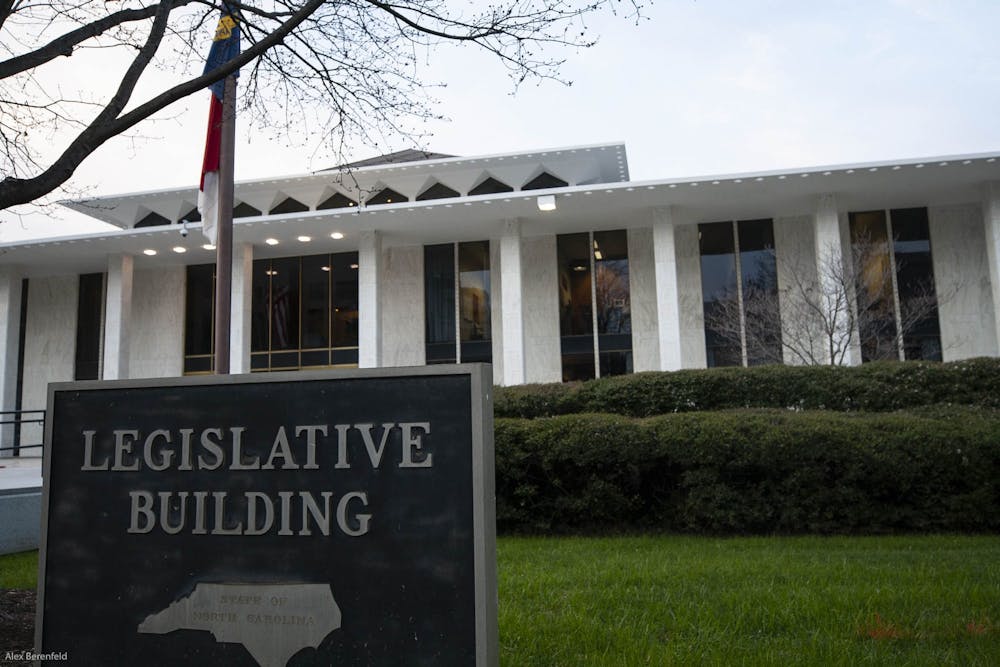Despite an over four-month delay in the release of 2020 census data, North Carolina legislators are now tasked with redrawing the state's political districts by mid-December.
The U.S. Census Bureau released population data from the 2020 census on Aug. 12. Because the state's population has increased by 9.5 percent over the past 10 years, North Carolina will now have the addition of a 14th congressional district.
The COVID-19 pandemic delayed the release of census data for over four months, but the Dec. 17 deadline for redistricting still hasn't been pushed back, despite other states having their deadlines in 2022.
What is redistricting?
Redistricting is the process by which legislative districts, both at the state and federal level, are redrawn based on changes in a state’s population. Robert Joyce, professor of public law and government at the UNC School of Government, said that this is important for making sure that every person’s vote counts the same in every election.
Joyce said the goal of redistricting is to ensure each person's vote would have the same impact on elections.
“For districts to meet the constitutional requirement of equal protection of the law, they have to be about the same population so that everybody's vote counts about the same,” he said.
Joyce said that if you have two electoral districts — one with a lot of people and one with fewer people — the votes from people in the more-populated district would be worth less than the votes of people in the less-populated district.
In North Carolina, there are two committees that handle redistricting — the House Committee on Redistricting, chaired by Rep. Destin Hall, R-Caldwell, and the Senate Committee on Redistricting and Elections, co-chaired by Sens. Warren Daniel, R-Avery, Burke, Caldwell; Ralph Hise, R-Madison, McDowell, Mitchell, Polk, Rutherford, Yancey; and Paul Newton, R-Cabarrus, Union.



